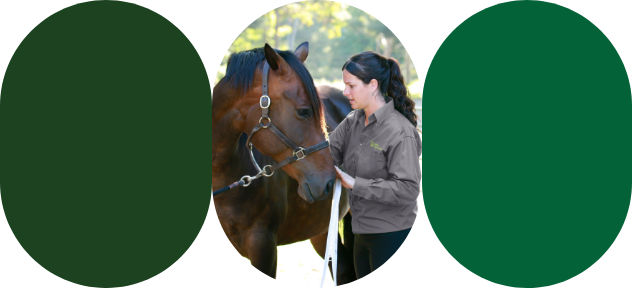Understanding horse feed labels
Knowing how to read product labels is key to choosing the best feed for your horse. In this article, we’ll look at what information should be included on horse feed labels, who is responsible for making sure that it is valid, and more.
Regulations
The Canadian Food Inspection Agency (CFIA) regulates the labelling of livestock feeds. It determines what information must appear on labels and what ingredients manufacturers can use. The CFIA also grants product registrations and inspects manufacturing facilities to ensure feed safety.
According to the CFIA, the following information must appear on labels for standard horse feeds:
Feed name
Actual selenium content (mg/kg)
Guaranteed analysis (minimum %, maximum %, or actual % of certain nutrients)
A complete list of ingredients or the statement:
“A list of ingredients used in this feed may be obtained from the manufacturer or registrant”Directions for use
Name and address of the registrant (if registered) or manufacturer
Net weight (kg)
Things you should know
Directions for use
Directions for use consist of a suggested daily amount to feed your horse based on its weight, physiological stage, and activity level. The suggested daily amount:
Is based on an average intake of high-quality forage
Meets the nutritional requirements of most horses while preventing excesses that can lead to toxicity
Should be divided into several small meals per day not exceeding 1.5 kg for a 450 kg horse
Quantity adjustments
Keep in mind that the directions for use suggest, but do not prescribe, the amount of feed to give your horse.
The amount of feed given should always be adjusted based on the horse’s body condition. For example, if the label suggests feeding 3.2 kg of LinoFibre per day to a 500 kg horse, but your horse tends to be overweight, then you should reduce the amount of LinoFibre fed to prevent your horse from gaining excess weight. That’s why it’s so important to know how to assess your horse’s body condition.
If you determine that your horse should be eating less feed than the label suggests, make sure that its vitamin and mineral requirements are met by giving a complete supplement such as Tonix, EquiBalance, or EquiBloc to replace the micronutrients that were in the feed and were removed from the ration when the amount of feed served was reduced. So, if you haven’t already done so, get out your scales and start weighing your horses’ feed, including hay.



